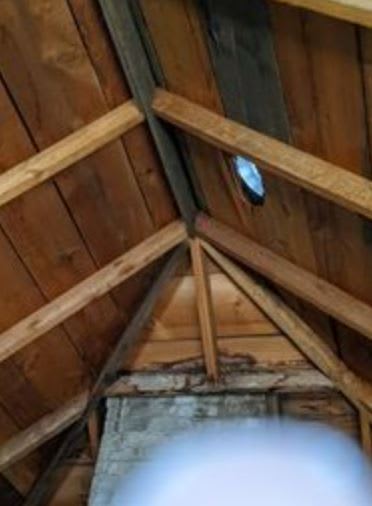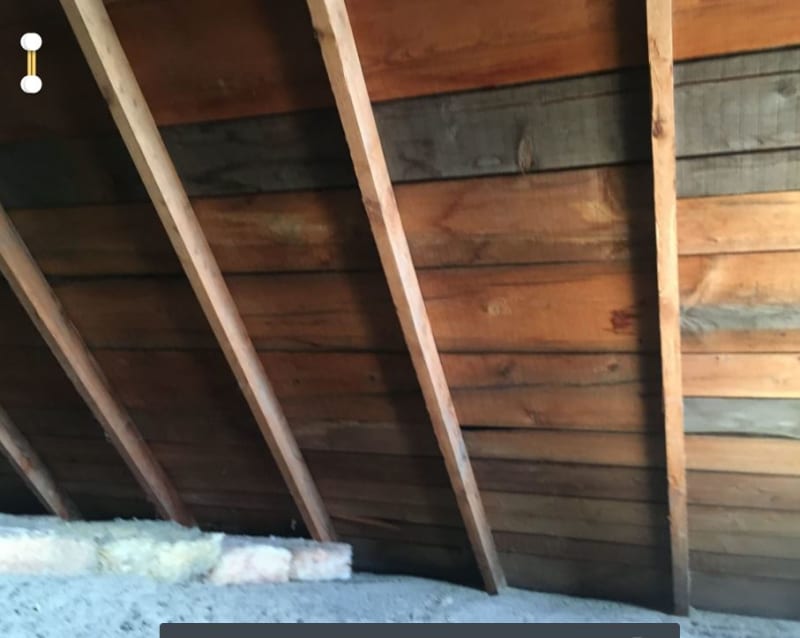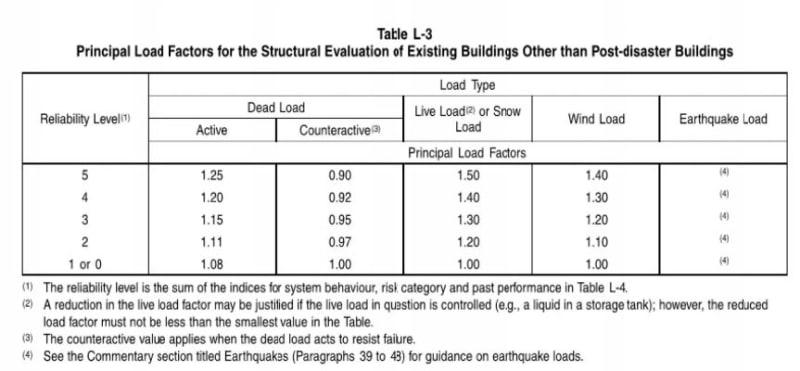JStructsteel
Structural
So I looked a small house this am for a roof that is sagging. from the outside you can see the sheathing bowing between the rafters, and some noticeable bow in the rafters. This house is under contract for sale, and the inspector wrote it up. I checked it out, the rafters are 2x4 spanning about 12'-0" from ridge to eave. How do you justify that its been that way for 70 years, the wood is just creeping, and that its fine, when you know the design would never check.
The wood is in very good condition, i suspect the sheating is 3/8" or 1/2" max, and is just creeping over time.
Structurally Its in no worse shape than the 100 other houses built in the neighborhood. Just need to find a way to say in a report.
Suggestions?
The wood is in very good condition, i suspect the sheating is 3/8" or 1/2" max, and is just creeping over time.
Structurally Its in no worse shape than the 100 other houses built in the neighborhood. Just need to find a way to say in a report.
Suggestions?



